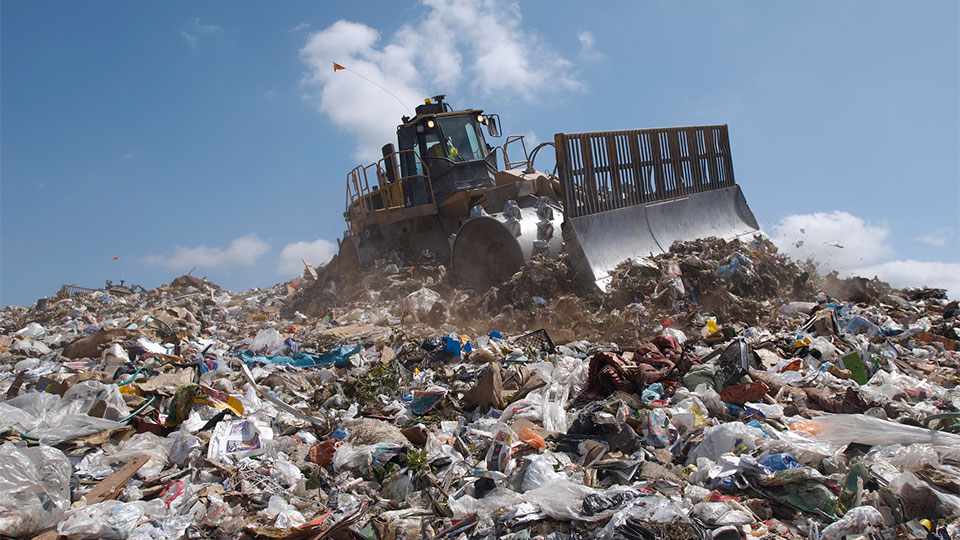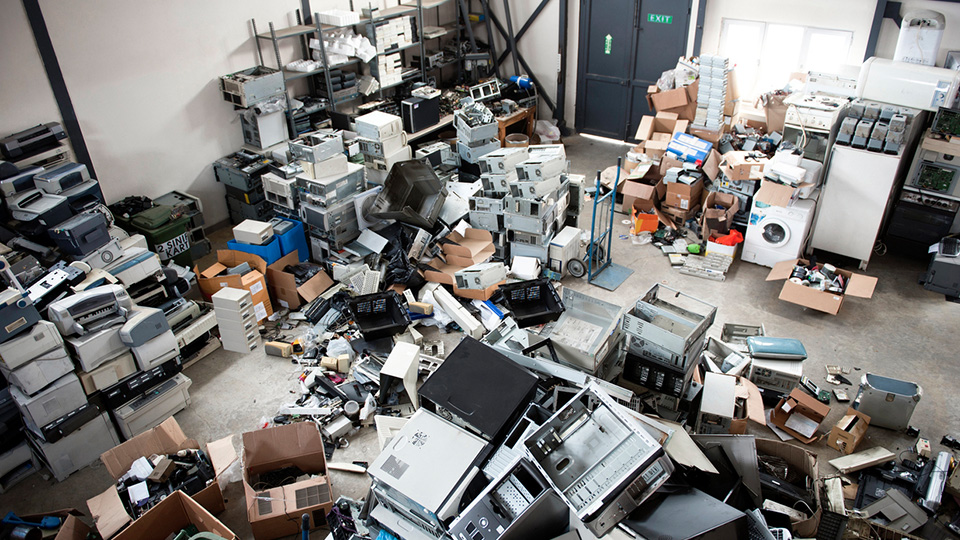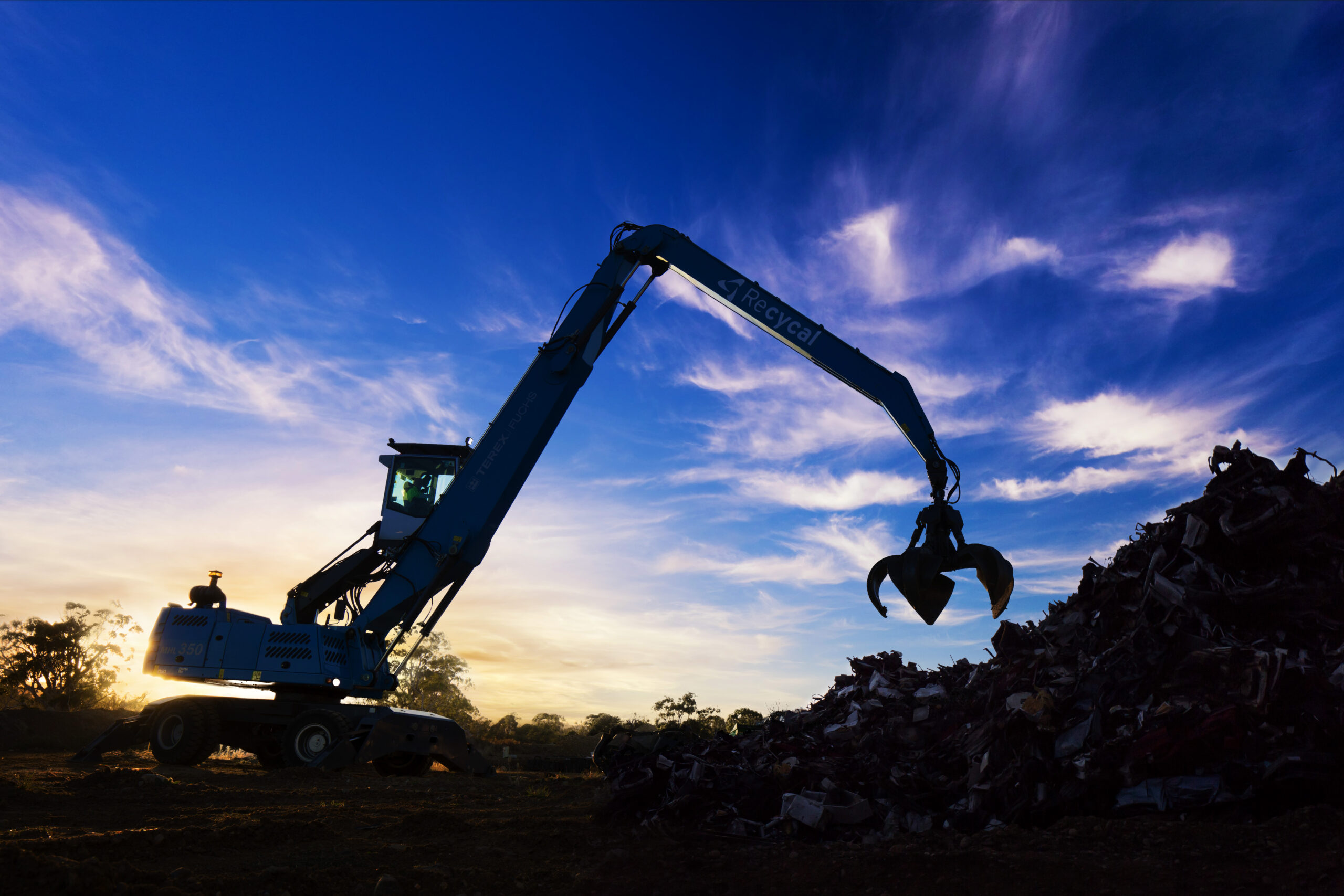Mercury never goes away. It just gets moved around, changing from one chemical form to another, with water playing a major role in both the transport and transformation of mercury.
Once mercury is released into waterways it can end up just about anywhere.
Ocean currents can carry it around the world, it can evaporate into the atmosphere, and be deposited back into the oceans or onto land.
Water also plays an essential role in the transformation of metallic mercury into its far more dangerous form, methylmercury.
The actual conversion is done by a wide range of different types of bacteria, all of which need a moist environment ranging from melting permafrost to fresh water streams and oceans.
Mercury And Water – A Bad Mix
Water isn’t the only route for mercury to get into humans.
Mercury poisoning of gold miners in poor countries as a result of breathing in mercury vapour is a modern-day tragedy.
However, it was the outbreak of Minamata disease in Japan in the 1950s that revealed mercury and water could be a lethal mix. Large amounts of methylmercury were released by a chemical plant and taken up by fish that were then eaten by people. Thousands died or suffered horrendous, permanent neurological damage.
While such large intentional discharges of mercury should now be a thing of the past, mercury in water is still a problem.
Consumers still need to limit their intake of fish with the highest mercury levels, and it was only in 2008 that Faroe Islanders were warned that, due to their high levels of mercury and other pollutants, pilot whales should be considered unfit for human consumption.
There Is No ‘Away’
When mercury-containing items are thrown away, there really isn’t an ‘away’.
In a thousand or a million or a billion years, that mercury will still exist, somewhere and in some form.
So, when you are about to toss something with mercury in it into the general rubbish, it’s worth asking, can it safely be contained in landfill for such long timeframes? (The answer, quite clearly, is no).
Recycling Is The Best Solution
The best solution for dealing with waste that contains mercury is, therefore, to recycle it for safe reuse, as amalgam fillings for example.
What do you need to look out for? The short list of mercury-containing items found in the home includes:
- all types of fluorescent lighting
- some types of batteries, particularly button cells
- electronic waste such as old computers, phones, tablets and printers.
Ecocycle safely recycles all these types of waste, plus other mercury-containing waste from a range of industries.
For household quantities of these types of waste check out recyclingnearyou.com.au to see where you can safely leave it for recycling.
Or, why not set up a lighting or battery recycling program in your workplace? Then it will be super-convenient for you and your workmates to recycle mercury-containing waste, to help make sure that mercury and water don’t get to mix.
To find out more about how Ecocycle can help you can safely and easily recycle mercury-containing waste, give us a call on 1300 32 62 92 or send us details via the contact form below.





